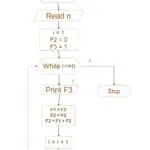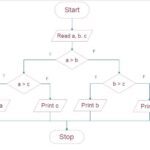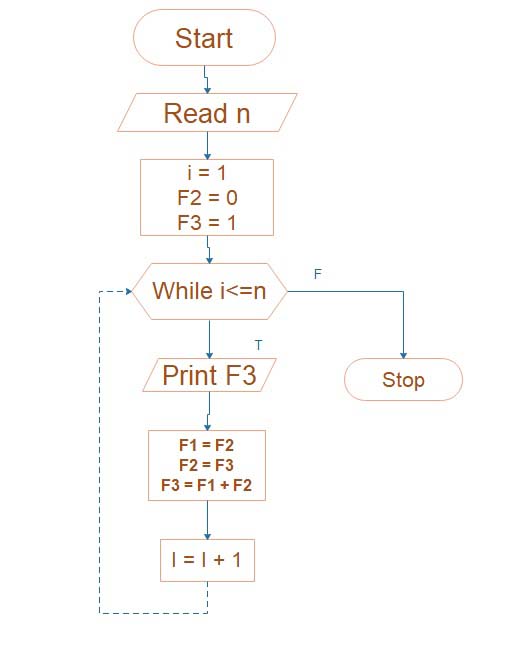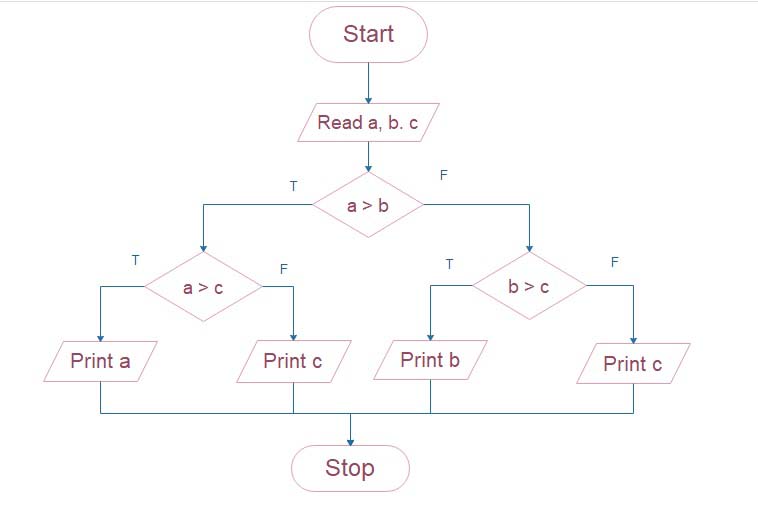Different types of floor finish…?
Different types of floor finish
Different types of floor finish
- Mud flooring and murum flooring
- Brick Flooring
- Flagstone Flooring
- Cement Concrete Flooring
Mud flooring and murum flooring
- Mud flooring and murum flooring are used only in low-cost housing, especially in villages.
- So flooring is cheap, hard, fairly impervious, easy to construct plus easy to maintain.
- That has excellent thermal insulation characteristics due to which it remains cool in summer and reasonably warm in winter.
- Covering a well-prepared ground, a 25 cm compact selected moist earth is spread including when rammed well to prepare a compacted thickness of 15 cm.
- Muram is a form of disintegrated rock with a binding material.
- To construct such a floor, a 15 cm thick layer of murum is laid over the prepared subgrade. Over it, a 2.5 cm thick layer of powder murum (fine murum) is spread and water is sprinkled over it.
- The surface is then rammed well. Behind ramming the surface is saturated including a 6 mm thin film from water.

Brick Flooring
- So flooring is practised in cheap construction, especially where good bricks remain available.
- This flooring is especially suited to warehouses, stores, godowns, etc.
- Well-burnt bricks of great colour also uniform shapes are used.
- Bricks are laid either flat or on edge, arranged in herringbone fashion or set at right angles to the walls, or set in any other good-looking pattern.
- The method of developing each base course for brick flooring varies from place to place.
- In one method, the subgrade is compacted properly to the desired level further a 7.5 cm thick layer of sand is spread. Besides this, any course of bricks laid flat in mortar is built.
- In the second method, a 10 to 15-cm thick layer of lean cement concrete 1:8: 16 or lime concrete is laid over the prepared subgrade.
Flagstone Flooring
- Flagstone is any laminated sandstone available in 2 cm to 4 cm thickness, in the form of stone slabs of a square 30 cm x 30 cm, 45 cm x 45 cm or 60 cm x 60 cm or rectangular size 45 x 60 cm.
- This type of work is also called paving. The stone slabs are laid on a concrete base.
- Some sub-soil is properly compacted above which 10 to 15 cm compact lime concrete approximately lean cement concrete is laid.
- The flagstone stone slabs are then laid over a 20 to 25-mm thick layer of bed mortar.
- In laying the slabs, work is started from two diagonally opposite corners and brought up from both sides.
- A string is stretched between two corner slabs laid first to the correct level. Different slabs are before so laid that their tops touch each string.
- If the stone slabs are properly set mortar in the joints is cleaned out to a depth of approximately 15 to 20 mm including then flush pointed with 1 : 3 cement mortar.
- The proper slope is given to the surface for drainage. The work is properly cured.
Cement Concrete Flooring
- This is commonly used for residential, commercial and even industrial buildings since it is moderately cheap, quite durable and easy to construct.
Each floor consists of two components:
- Base concrete, also
- Topping about wearing surface.
- Every two components of the floor can be constructed either monolithically i.e. topping laid immediately after the base course is laid or non-monolithically.
- When the floor is laid monolithically, a good bond between the two components is obtained.
- Such a construction has three disadvantages:
- The topping is damaged during subsequent operations,
- Hair cracks are received because of the settlement freshly laid mark course which has a negative set, also
- work progress is delayed because the workman has to Remain at least till the initial frame of the base course.
Terrazzo Flooring
- Terrazzo flooring is another type of floor finish that is laid in a thin layer over the concrete topping.
- That is very beautifying also has good wearing properties. Due to this, it is widely used in residential buildings, hospitals, offices, schools, and other public buildings.
- Terrazzo is a specially prepared concrete surface containing cement and marble chips of different colours, in proportion to 1:1 to 1:2. When the surface has set, the chips are exposed by grinding operations.
- The sub-base preparation and concrete base laying are done similarly.
- The top layer may have about 40 mm thickness consisting of a 34mm thick cement concrete layer (1:2:4) laid over the base concrete and about 6 mm thick terrazzo topping.
Mosaic Flooring
- Mosaic flooring is made of small pieces of broken tiles of china-glazed or of cement, or marble, arranged in a different pattern.
- These pieces are cut to the desired shapes and sizes.
- A concrete base is prepared as in the case of concrete flooring, and over it, 5 to 8-cm thick lime mortar is spread and levelled.
- 3 mm thick cementing material, in the form of a paste of two parts of slaked lime, one part of powdered marble and one part of puzzolana material, is spread and left to dry for about 4 hours.
- Thereafter, small pieces of broken tiles or marble pieces of different colours are arranged in definite patterns and hammered into the cementing layer.
- Each surface is gently rolled by a stone roller of 30 cm diameter. and 40 to 60 cm long.
- Sprinkling water above the surface so that cementing material comes up within the joints including an even surface is obtained.

Tiled Flooring
- Tiled flooring is constructed from a square, hexagonal or other shapes made of clay cement concrete or terrazzo.
- These are available in different sizes and thicknesses.
- These are commonly used in residential houses, offices, schools, hospitals and other public buildings, as an alternative to terrazzo flooring, especially where the floor is to be laid quickly.
- The method of laying tiled flooring is similar to that for flagstone flooring except that greater care is required.
- Beyond the concrete support, a 25 mm to 30 mm thick layer from lime mortar 1:3 is spread.

Marble Flooring
- This is a superior type of flooring, working in residential buildings, also in hospitals, temples, etc. where extra cleanliness is an essential requirement.
- Marble slabs may be laid in different sizes, usually in rectangular or square shapes.
- Some base concrete is served identically as that concrete flooring.
- Over the base concrete, 20 mm thick bedding mortar of either 1:4 cement: the sand mix is spread under the area of each slab.
- The marble slab is then laid over it, gently pressed with a wooden mallet and levelled.
- The marble slab is then again lifted up, and fresh mortar is added to the hollows of the bedding mortar. The mortar is allowed to harden slightly, the cement slurry is spread and then the marble slab is placed in position.
- It is gently pushed with a wooden mallet.

Timber Flooring
- Timber flooring is used for dancing halls, auditoriums, etc.
- People are not commonly applied in residential buildings in India because timber is quite costlier.
- However, in hilly areas, where timber is cheaply and readily available timber flooring can be used.
- Anywhere temperature drops very depressedly, timber flooring is quite normal.
- The major problems in timber flooring are damp prevention.
- This can be done by introducing a D.P.C. layer below the flooring.
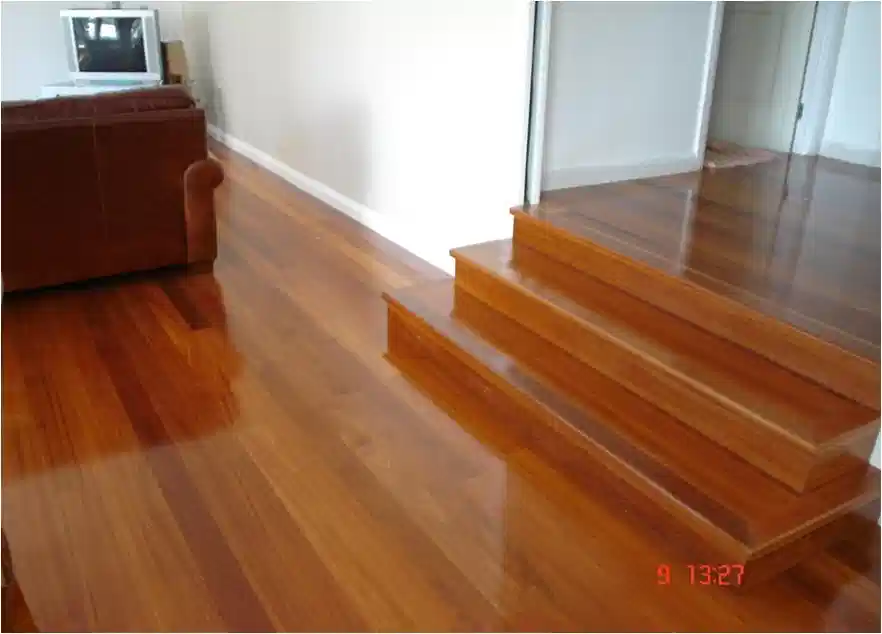
Asphalt flooring
Asphalt flooring is of many types
- Asphalt mastic flooring
- Asphalt tiles flooring,
- Asphaltic terrazzo flooring
- Acid-proof mastic flooring.
- All grades of mastic asphalt for flooring are available coloured red or black.
- A complete range of coloured surface finishes is available using special compatible paints.
- All total thicknesses of the mastic asphalt flooring should remain appropriate to the types of the building also their conditions.
- Normally, the mastic asphalt should be laid into one coat, but multi-coat work should be used anywhere a waterproofing membrane acts specified.
- Asphalt flooring is cheap, resilient, soundproof, acid-proof and moisture-proof.

Rubber Flooring
- It consists of sheets or tiles of rubber, in a variety of patterns and colours with thickness varying from 3 to 10 mm.
- The sheet or tile is manufactured by mixing Pure rubber with fillers such as cotton fibre, granulated cork or asbestos fibre.
- The sheets or tiles are fixed to a concrete base or wood through appropriate adhesives.
- Rubber floorings are resilient and noise-proof.
- They are costly.
- They are used in an office or public buildings.

Linoleum Flooring
- Linoleum is a floor covering made from materials such as solidified linseed oil (Lanoxin), pine rosin, ground cork dust, and mineral fillers such as calcium carbonate.
- Linoleum is known for its durability. Through an evaluation of actual lifetime data, it has been determined that linoleum has a useful life of 30 years.
- For optimal adhesion, an acrylate copolymer adhesive is applied to a subfloor or other surface at a thickness of 0.29 mm and a mass of 290 g/m².
- Linoleum covering is attractive resilient, durable and cheap and can be cleaned very easily.

Cork Flooring
- Such type of flooring is perfectly noiseless and is used in libraries, theatres, art galleries, etc.
- Cork is some outer bark of the cork oak tree.
- Cork is available in cork carpets also cork tiles.
- It is fixed to a concrete base by inserting a layer of saturated adhesive.
- Cork carpet is manufactured by heating granules of cork with linseed oil and compressing.
- Cork tiles are the manufacture of high-grade cork bark reduced in moulds on the thickness of 12 mm.
- They are available in various sizes (10 cm x 10 cm to 30 cm x 90 cm), various thicknesses (5 to 15 mm) and various shades.

Glass Flooring
- This is a special purpose flooring, used in circumstances where it is desired to transmit light from the upper floor to the lower floor, and especially to admit light in the basement from the upper floor.
- Basic glass is possible in the formation of tiles or slabs, in thicknesses changing from 12 to 30 mm.
- Glass flooring is very costly and is not commonly used.

Plastic or P.V.C. Flooring
- This is built of plastic material, known as Poly-Vinyl-Chloride.
- The form of tiles of different sizes and different colour shades. These tiles are now widely used in all residential as well as residential buildings.
- The tiles are laid on a concrete base.
- The adhesive of the specified make is applied on the base as well as the back of the P.V.C. tile with the help of a notched trowel.
- The tile is laid when the adhesive has set sufficiently say within 30 minutes.
- It is lightly pressed with the help of a 5 kg weight wooden roller.
- The floor is washed with warm soapy water before use.
- P.V.C. tiles flooring equals resilient, smooth, good looking also can be easily cleaned.
- It is costly including slippery.
- It can be damaged very easily when in contact with burning objects.





